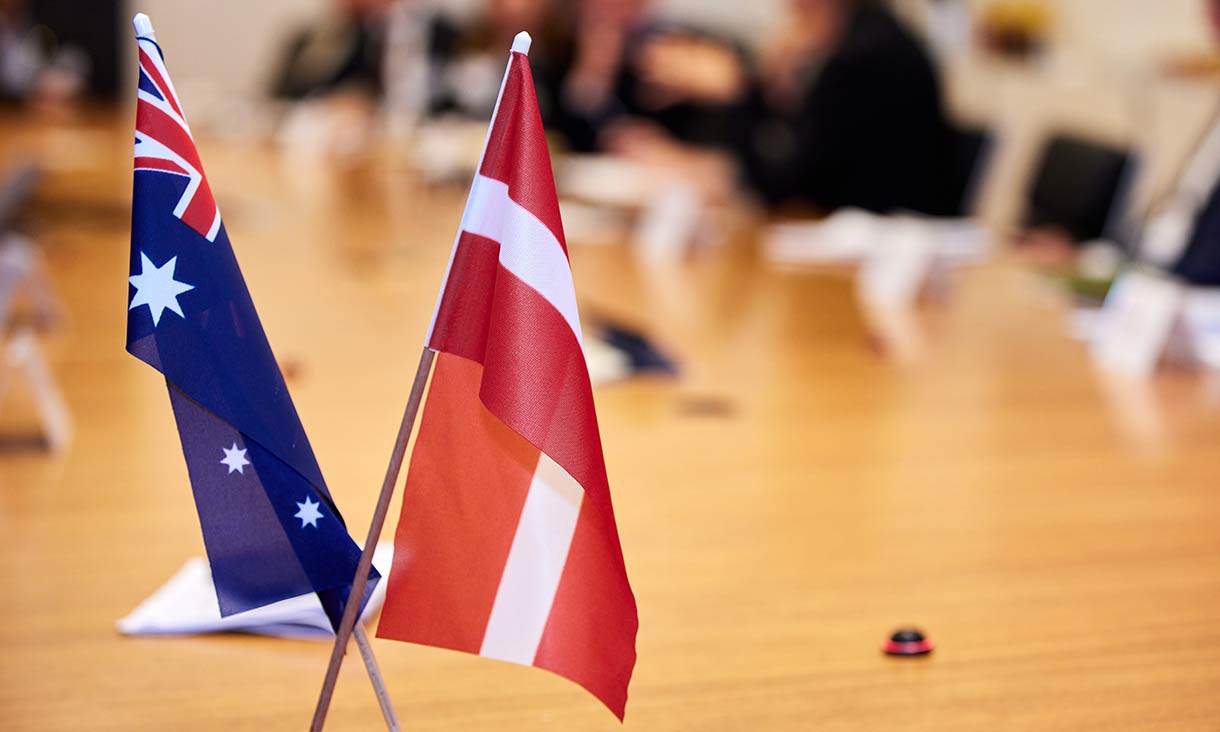Investment in unmanned maritime systems (UMSs)
Given the broader deterioration in global security and the advent of tensions in the Indo-Pacific and the Ukraine, more needs to be done to secure critical infrastructure, particularly at sea. Unmanned maritime systems can be one part of the solution.
When we discuss unmanned maritime systems, we are collectively discussing those which can remain on the water’s surface, and those which can dive deep below, where it would otherwise be inaccessible by humans.
Carrying a vast array of security benefits due to their operational capacity, the depth they can achieve, and the intelligence, surveillance, and reconnaissance (ISR) they can gather, their agility also rests on the fact that they can be operated remotely, semi-autonomously, or (with technological advancements) autonomously.
Such vehicles located around Australia’s maritime borders and more broadly, the Indo-Pacific have the potential to contribute to regional surveillance, mine detection, coastal patrols, combatting illegal fishing boats, monitoring oil pollution, and potential human trafficking.
Additionally, such systems can be equipped with sensors, weapons, or other payloads and can have extended endurance. They are also in many respects more cost effective, as they do not depend on a manned crew.
With the rapid development of malicious underwater drones, it is even more crucial that governments and militaries counter emerging threats by equally developing UMSs that can mitigate the threat posed by malicious attacks by foreign entities, and malicious underwater drones.
Already drones are being deployed for ISR, mine detection, search and rescue, military operations and maritime countermeasures. It makes sense that such technologies can be employed to secure infrastructure in which Australia’s trade, economy and security depends.
Investment in unmanned drones is already underway by the Australian government and the Australian Defence Force, with several projects in development to increase Australia’s surveillance capabilities at sea. An example includes the Triton Unmanned Aerial System, that will be used for maritime patrol and other surveillance roles. Other capabilities being funded in a maritime context include submarines and forms part of the AUKUS agreement entered under the last government. However, most projects are largely aerial rather than surface or underwater.
Pleasingly, the Australian Government and Defence Force have made positive steps in securing underwater capabilities, yet we remain somewhat behind our regional counterparts. The need for such capabilities is not a new one, with academics and specialists urging further investment in this field since the mid 2010s.




